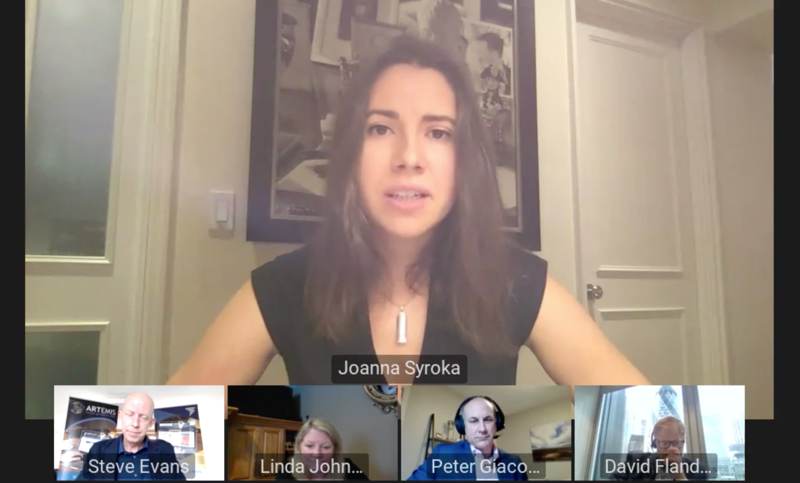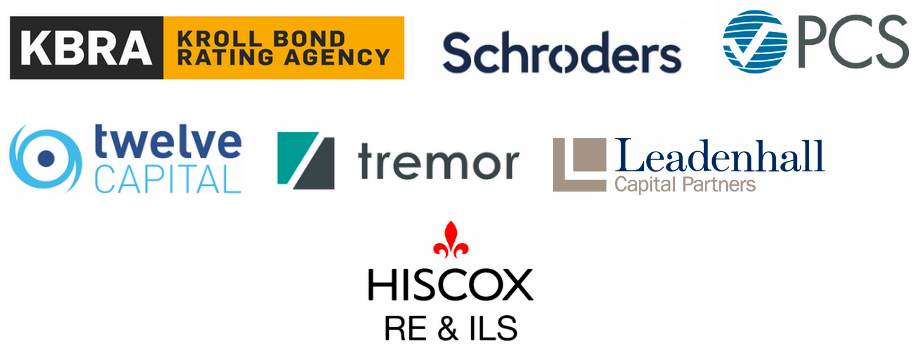The World Bank’s 2017 pandemic catastrophe bond has provided a blueprint for how insurance-linked securities (ILS) technology can be leveraged to transfer pandemic risk, according to Joanna Syroka, Director of New Markets, Fermat Capital Management, LLC.
 Issued in July of 2017 by the World Bank on behalf of its Pandemic Emergency Financing Facility (PEF), the novel IBRD CAR 111-112 catastrophe bond transaction provided $320 million of parametric protection linked to the occurrence of specific pandemics.
Issued in July of 2017 by the World Bank on behalf of its Pandemic Emergency Financing Facility (PEF), the novel IBRD CAR 111-112 catastrophe bond transaction provided $320 million of parametric protection linked to the occurrence of specific pandemics.
It’s been well-documented that as Covid-19 started to spread around the world, the bond, which was designed to provide protection to the world’s poorest countries, defaulted earlier this year.
The transaction did receive some negative press in the mainstream media, with some claiming that the PEF and the bonds were too slow to trigger, while others suggested that investors were paid too much in terms of coupons and premiums.
As a result, work to improve the design of the structure and its triggers were brought to a halt earlier this year. But despite this, the transaction did payout as it was designed to and ultimately, has laid the foundations for future innovations in this area.
“The bond was a landmark transaction; it showed that this risk can be modelled, it can be quantified, it can be indexed, it can be transferred,” said Syroka, speaking during the opening panel of our recently held Prospectus 2021 re/insurance and ILS conference.
“It was received very well by the market, at the time, in 2017. As I’m sure many of our viewers know, the bond defaulted to the maximum extent it could in April. But it defaulted at a time when actually the IDA countries, the recipients of this transaction, were only 1% of the global Covid caseload.
“Obviously, with hindsight, we could always think of things that can be improved in such an ambitious and complex transaction such as this. But the World Bank should be applauded for pioneering such very important technology. They’ve given us a blueprint of how things can be evolved further, and I think once the dust settles we will see that technology being used again,” she continued.
While certain areas of the mainstream press had expressed discontent with the catastrophe bond, Syroka explained that there was no disappointment from the side of the investors.
“And, from an investor and ILS technology point of view, the transaction did precisely what it was supposed to do. I think this pandemic has shown us, more than we could ever have imagined in 2017, the value of fully funded capacity when markets dislocate. And that’s particularly valuable for countries like IDA countries,” noted Syroka.
As well as the World Bank’s cat bond, Syroka also highlighted ongoing work at the African Risk Capacity (ARC) on the development of an epidemic and outbreak programme for African member states, as well as a recent cat bond for excess mortality at risk to the current pandemic.
“So, this shows you if transactions are modelled well, if they’re structured well, there is a market for pandemic risk,” she said.
Of course, the role for ILS in the current crisis and future pandemics fits within the umbrella of whether or not the risk is insurable at all, which has been a hot topic across the risk transfer industry since the arrival of Covid-19.
Syroka told the audience that while nothing is insurable to the tune of trillions of dollars, this doesn’t mean there’s no role for insurance or insurance like mechanisms in managing this risk.
“I think we all know that there’s more to these tools than just the quantum of risky transfer. So, in terms of all these public private partnership discussions that are being held in Washington and other capitals around the world, I can see a big role for reinsurance and ILS, on the back end, to help governments manage this risk. Not least to provide a pricing signal for the risk, a very important element for policy makers that are designing programmes.
“Equally, an increasing trend that we see with these public private partnerships, at least for big private recipients of government assistance, is they need to show best efforts that they’re trying to manage the risk themselves first. And, there again, I can see a role for the reinsurance and ILS market to provide that private insurance solution that can then leverage public assistance.
“In summary, I think there’ll be many opportunities ahead for managing this risk in different ways,” she explained.
To watch every session on-demand please visit the Prospectus 2021 website.
Thank you to our Prospectus 2021 sponsors:
Please contact us for more details on sponsorship opportunities at future events.
 View all of our Artemis Live video interviews and subscribe to our podcast.
View all of our Artemis Live video interviews and subscribe to our podcast.
All of our Artemis Live insurance-linked securities (ILS), catastrophe bonds and reinsurance video content and video interviews can be accessed online.
Our Artemis Live podcast can be subscribed to using the typical podcast services providers, including Apple, Google, Spotify and more.
































